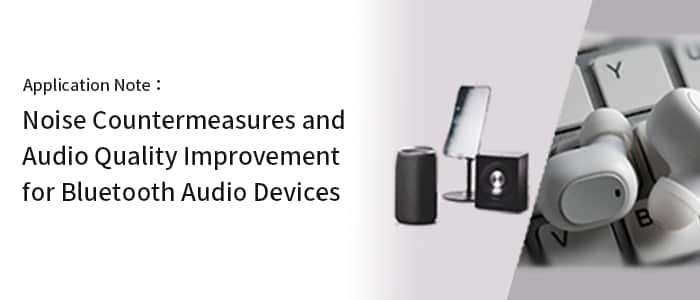|
|

|
|
 |
|
In recent years, wireless audio has become more commonplace and even the norm in many of our everyday products. New audio usage is often centered on smartphone-based services that provide audio through the smartphone to speakers and earbuds via Bluetooth connectivity.
The recent mass implementation of True Wireless Stereo (TWS) within earbuds, with their comfortable cable-free non-tangling fit, has yielded vastly improved sound quality over traditional Bluetooth audio technology. TWS also comes with the ability to cancel external noise (isolation) which results in quieter playback.
Additionally, Bluetooth connected speakers, which do not require cables for signal transmission, allow for unfettered placement of playback devices and speakers. These mobile speakers, with their built-in amplifiers, can operate on battery power and be completely portable.
Bluetooth enabled audio devices are easy to use, easy to connect to and have many advantages. However, Bluetooth audio devices can be susceptible to problems that do not occur with cable-connected audio devices. We will describe phenomena that can cause problems within Bluetooth audio designs and will provide examples of potential countermeasures. |
|
 |
|
|
 |
|
Gas-filled contactors for high-voltage DC switching |
The necessary change to environmentally friendly use of energy leads to the high demand for high-voltage and high-current DC applications.
TDK offers the High-Voltage Contactors (HVC) series which meet the requirements for High-Voltage DC emergency disconnection applications up to 600 A in electric cars, trucks, busses and DC fast chargers.
HVC series features excellent extinguishing characteristics in combination with a bipolar design for charging and discharging. |
|